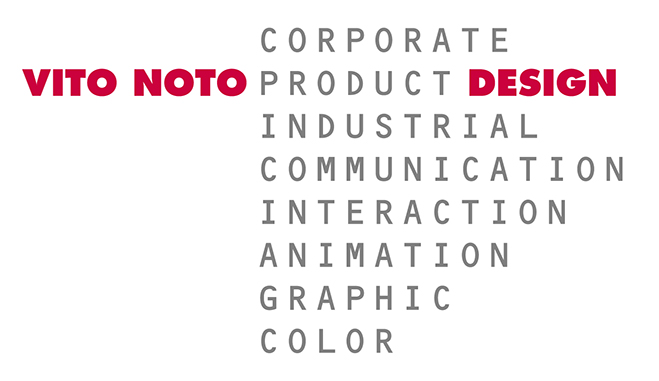Design is the realization of visions that lead to identifying and covering, by design, the needs and desires of potential users. The interpretation of these “dreams” is the beginning of meticulous and complex interdisciplinary research.
So it is the realistic synthesis of aesthetic/functional solutions, it is the mediation between technique and fruition that contemplates ergonomic, ecological needs, cultural, psychological and sociological values.
The “Design” of the graphic sign also stems from an expression of men’s thinking, as a support for what they wanted to communicate using symbols that are simply recognizable or can be traced back to innate archetypes, thus suitable for fixing a concept. Certainly writing is the best synthesis of such a communicative phenomenon, through the regulated use of letters, which are nothing more than those ancient signs synthesized by the evolution of civilization over the centuries.
The Greek alphabet was the first historical example of the use of modern monograms, and even today its actualization, to make it readable by contemporary standards, is used on high-tech instruments.
The advent of the electronic age has enabled the construction of “characters,” which are an expression and now a symbol of modern technology. Alpha-numeric characters in LCD displays arise from the need to combine a digit through the use of serial segments or elementary parts, just as today’s industry requires, but at the same time need immediate and easy readability by the user, just like the classic typeface.
Today the brand is the Logo, the graphic image synthesis of all that a name or symbol wants to represent, all elaborated to be distinct, unique and recognizable at first glance.
The definition of the image, taking into account the corporate identity, is the sum of those emotional and content values that combine to optimize the relationship between user and object. Applied graphics represent a relevant aspect of the image for the quality of the interactive relationship, for the aesthetic perception of the product and its identification.
The simple tools of the past did not need instructions for use being implicit in the form itself, today, on the other hand, modern tools are increasingly abstract and complex to use for a diverse user base, which is why each manufacturer tries to develop specific pictograms as intuitive as possible, so that there is no need for a description to understand them.
It is implicit in the design process of a product to graphically synthesize the meaning of a given function and place the resulting pictogram ergonomically. As a further extreme sign of evolution and simplification these pictograms have gone on to invade the interactive field by integrating, coloring and illuminating themselves, becoming the subject of research in the design of the final product.
Industrial standardization has catalogued hundreds of cases that can be consulted for guidance, these, however, are not and never will be complete.
On our interactive screens we find more and more pictograms as a function of complex operations or meanings. Increasingly, their complexity requires the conjugation of multiple reference icons to complete their expression. The structuring and grouping of interactive fields allows, working at multiple levels, to guide the user intuitively to his or her goal.

Leave a comment